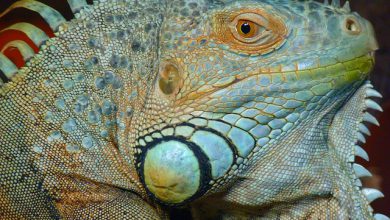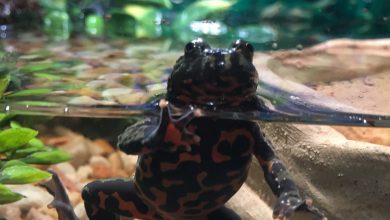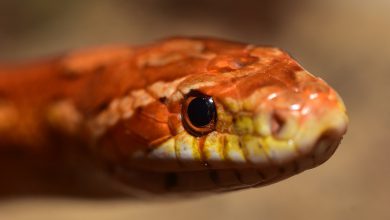Fish That Eat Mosquitoes (And How to Keep Them Healthy Outside)

Photo courtesy of Mohamed Nuzrath
Iâm ready to enjoy the warmer weather, but I hate dealing with mosquitoes. Donât you?
It seems like no matter what you do â bug spray, citronella candles, wearing long sleeves â you either end up pestered and bitten or uncomfortable.
If you enjoy tropical fishkeeping, however, you may have a solution right in your tank! Some tropical fish eat mosquito eggs or larvae, which can reduce the mosquito population in your yard without resorting to chemical sprays.
Iâm going to tell you which fish eat mosquitoes and how you can keep them outside in warmer weather.
Tropical fish that eat mosquitoes
Here are the best fish to pick for this job:
Guppies
Guppies are easy-to-care-for fish that arenât too picky about water conditions, like pH or hardness. They do, however, require a fairly stable temperature range between 68 and 75 degrees Fahrenheit. Youâll have to bring them indoors if the temperature gets outside that range. Guppies get along peacefully with other fish.
Zebra Danio
Zebra danios also donât mind hard water or imperfect pH levels, but they do like shallow water that is exposed to the sun and has a bit of vegetation. Theyâll also need gravel at the bottom of their container for spawning. These fish also get along well with other fish.
Goldfish
Goldfish are probably the easiest fish to keep outdoors. Theyâre not picky about their water pH, hardness, or temperature. In fact, you can keep goldfish outdoors even when the water gets cold, as long as it isnât frozen solid. Itâs also a relatively calm species that gets along well with other fish.
A note on tadpoles
Okay, tadpoles are not fish, but they are also a freshwater aquarium species that will eat mosquito larvae if you raise them outside. In fact, in the wild, insect larvae is the primary food source for most tadpoles.
That being said, if you plan to raise tadpoles in an outdoor container, general advice is not to mix them with fish. The fish will eat the tadpoles and make your whole setup less efficient. The good news is, all three fish on this list are small and friendly to tadpoles!
There are larger mosquito-eating fish, such as koi, but if you want to add tadpoles to your outdoor container or pond, stick to the smaller fish listed here.
How to make a mini pond in a pot
You can make an outdoor container pond with just a few items, and itâs a great way to get started with keeping fish outdoors.
Here are the items youâll need:
- Large terracotta pot, plastic kiddie pool, or freestanding patio pond
- Gravel or river pebbles
- Lava rocks
- Small decorative pond plants
- Water pump and hose
- Dechlorinated water
- (Optional) Large, smooth rock(s)
- (Optional) Bathroom sealant
Hereâs what to do:
- If your container has a drainage hole in the bottom, seal it up by covering one side of the large rock with bathroom sealant, and pressing it in place over the hole. Use plenty of sealant so that you get a tight seal around the hole. At this stage, you can add a few more large rocks to create ledges for any wildlife that may accidentally end up in your container pond (this helps them to jump out).
- Fill in the bottom of the pot with gravel or pebbles.
- Add the plants. If you use a patio pond, it may have ledges the plants can go on. You can keep them in their own separate containers, like a netted plastic pot. You can get a netted pot from our shop at this link. Youâll also see links on that page to a few other sizes of netted pots.
- Create a water filter with a hanging planter on the edge of your container, filled with lava rocks and gravel. You can add plants here, as well, if you like.
- Add a water pump to the pond and attach a hose that will redirect water to your filter system. A pump like the one at this link works well. Make sure the pump speed matches the size of your pond.
- Fill the container with dechlorinated water appropriate for tropical fish.
Hereâs a video that provides a pretty good example of the process and a completed container pond:
You can of course add whatever other decorative touches you like to the outside of your container pond. If youâre looking for interesting plants for your pond, we keep a variety of them at The Tye-Dyed Iguana in Fairview Heights.



